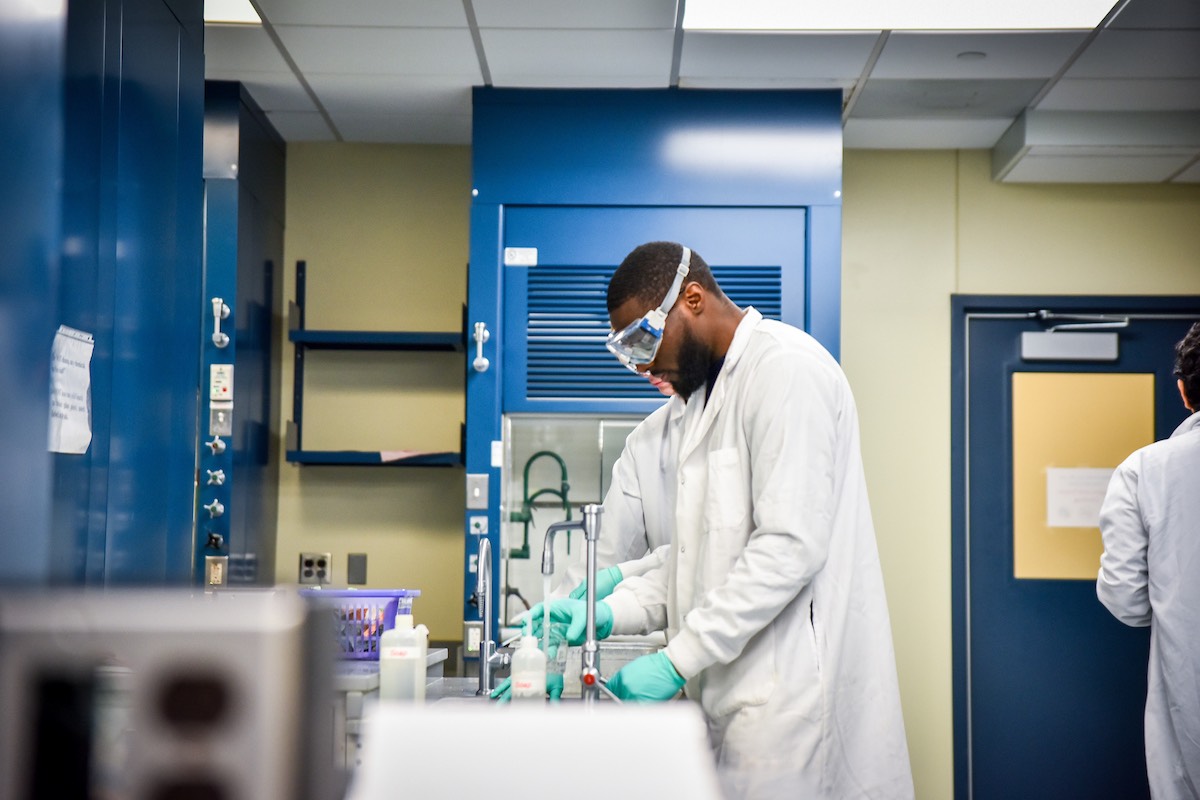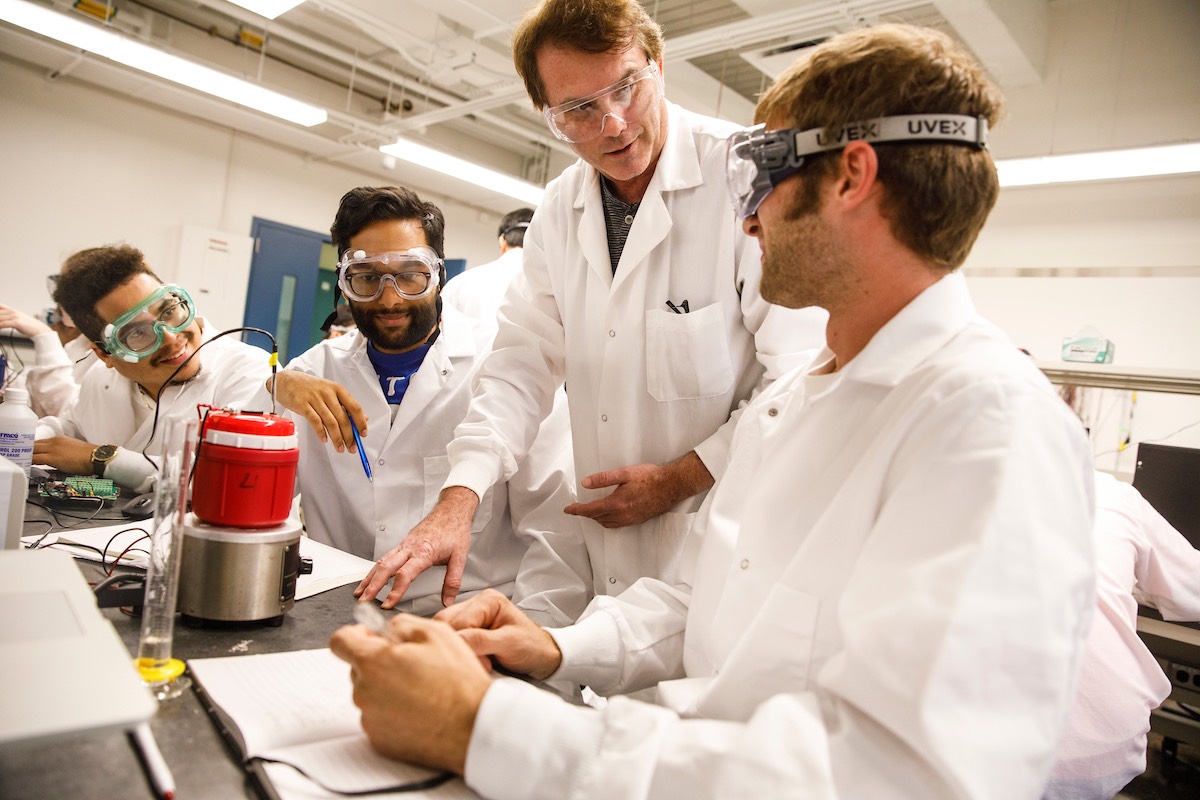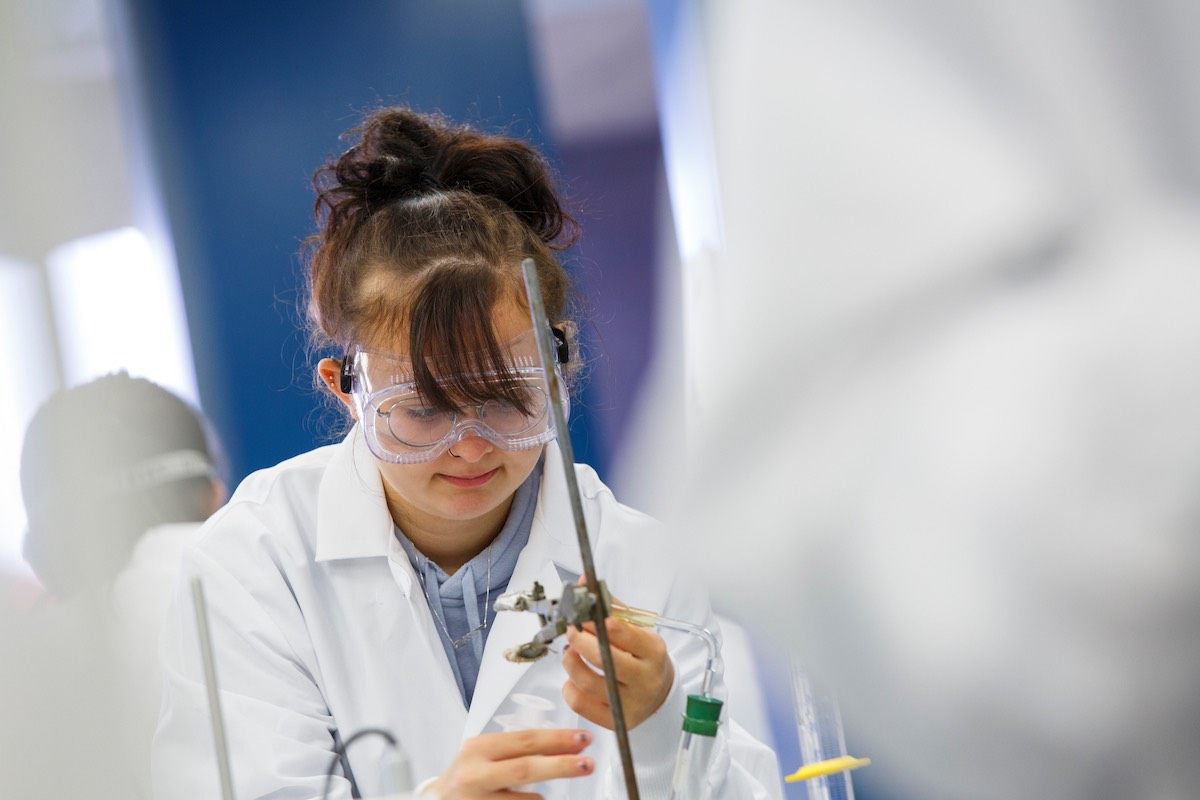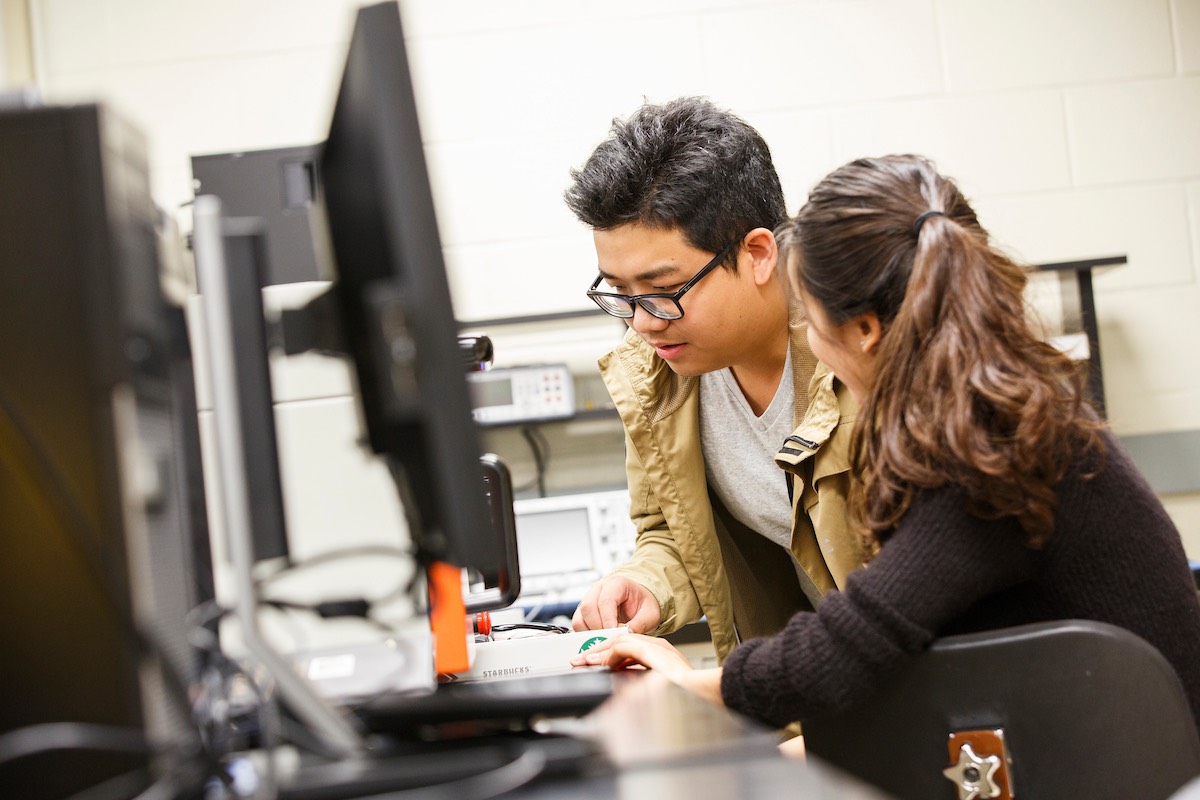Creating Economic Growth and Opportunity
Stony Brook is committed to conducting pioneering research that solves critical challenges, enhances the well being of humanity, and drives economic growth and opportunity in the State of New York and beyond. SBU is proactively identifying and pursuing funding opportunities and seeking out new funding sources to support research that enhances our community, region and country.
Initiatives on this page:
Biomedical Tiger Teams
 In addition to significantly boosting funding for the National Institute of Health
(NIH), the current U.S. Administration is planning the creation of the Advanced Research
Projects Agency for Health (ARPA-H). The goal of ARPA-H is to drive biomedical breakthroughs—ranging
from molecular to societal. ARPA-H will target diseases such as cancer, diabetes,
Alzheimer’s disease, infectious diseases and others, while also addressing health
inequities. These goals will be achieved through the development of new, broadly applicable
technologies and platforms, as well as the promotion of multi-disciplinary collaborations
and partnerships that bring together researchers from multiple disciplines (e.g.,
life sciences, health sciences, medicine, engineering, physics, economics, and sociology).
In addition to significantly boosting funding for the National Institute of Health
(NIH), the current U.S. Administration is planning the creation of the Advanced Research
Projects Agency for Health (ARPA-H). The goal of ARPA-H is to drive biomedical breakthroughs—ranging
from molecular to societal. ARPA-H will target diseases such as cancer, diabetes,
Alzheimer’s disease, infectious diseases and others, while also addressing health
inequities. These goals will be achieved through the development of new, broadly applicable
technologies and platforms, as well as the promotion of multi-disciplinary collaborations
and partnerships that bring together researchers from multiple disciplines (e.g.,
life sciences, health sciences, medicine, engineering, physics, economics, and sociology).
Progress
-
Stony Brook University is ideally positioned to capitalize on these Federal investments, thanks to its strengths in life and health sciences, physical and chemical sciences, engineering, social sciences, and humanities.
-
Following the footprint of the Tiger Teams pilot program, we are launching the Biomedical Tiger Teams program. Each Biomedical Tiger Team will map strengths and resources, and identify areas of alignment between our institution and funding opportunities.
-
Biomedical Tiger Teams will concentrate on the following areas, selected based on anticipated Federal funding priorities and Stony Brook’s strengths.
- Brain, behavior, neurodegenerative and neuropsychiatric disorders
- Cancer
- Development, aging and life span
- Drug development, from chemistry to diagnostics and therapies
- Environmental health, climate change and human health
- Immunology and infectious diseases
- Metabolism, obesity, diabetes and cardiovascular disorders
- Technology, computation, biology, medicine and regenerative medicine
-
We encourage broad participation and welcome the formation of teams that take into account multiple perspectives.
Next Steps
- Formation of Biomedical Tiger Teams (December 2021, January 2022) in consultation with Deans and Department Chairs.
If you have any questions or suggestions, please reach out to Provost_Research@stonybrook.edu.
Tiger Teams
 Congress has signaled bipartisan support for basic and applied research via the United
States Innovation and Competition Act (USICA) and the National Science Foundation
for the Future Act. Stony Brook is taking proactive steps to prepare to compete for
these federal sponsorship opportunities by creating focused “Tiger Teams”. In this
pilot program, ten focus areas for each team were determined by examining a section
of the USICA that outlined the scope of the proposed new NSF Directorate.
Congress has signaled bipartisan support for basic and applied research via the United
States Innovation and Competition Act (USICA) and the National Science Foundation
for the Future Act. Stony Brook is taking proactive steps to prepare to compete for
these federal sponsorship opportunities by creating focused “Tiger Teams”. In this
pilot program, ten focus areas for each team were determined by examining a section
of the USICA that outlined the scope of the proposed new NSF Directorate.
Progress
-
Each Tiger Team is tasked with identifying SBU’s strengths and assets in their area, forecasting the most likely areas for new investments by federal sponsors, and assessing how well Stony Brook aligns with funding opportunities. Tiger Teams are evaluating ten key areas:
- Artificial intelligence, Machine learning, Autonomy and related advances
- High-performance computing, Semiconductors, Advanced computer hardware/software
- Quantum information science and technology
- Robotics, Automation, and Advanced manufacturing
- Climate change and National and Anthropogenic Disaster Prevention/Mitigation
- Advanced communications technology and Immersive technology
- Biotechnology, Medical technology, Genomics and Synthetic biology
- Advanced energy, Industrial efficiency technologies including batteries, and Advanced nuclear technologies
- Data storage, Data management, Distributed ledger technologies and cybersecurity, Biometrics
- Advanced materials science including composites and 2D materials
-
Request for Proposals for the Provost’s Venture Fund - ProFund - Seed Grants for Interdisciplinary Research Teams.
Next Steps
Support for Teams Engaged in Large, Multi-disciplinary, and Multi-PI Grants
 SBU will support collaborative teams, centers and institutes pursuing multi-disciplinary
approaches to scientific questions. Large grants are an important source of funding
in this highly collaborative research environment and the visibility that comes with
winning large center-scale grants leads to even greater opportunities. SBU will also
invest in multi-PI efforts as well as training grants to fund graduate students and
postdoctoral trainees, all of which lead to large center grants.
SBU will support collaborative teams, centers and institutes pursuing multi-disciplinary
approaches to scientific questions. Large grants are an important source of funding
in this highly collaborative research environment and the visibility that comes with
winning large center-scale grants leads to even greater opportunities. SBU will also
invest in multi-PI efforts as well as training grants to fund graduate students and
postdoctoral trainees, all of which lead to large center grants.
Progress
- Working Group identified opportunities for supporting faculty who are leading large grants including considerations for course reduction or other support for clinical faculty and submitted its recommendations to the Provost
- Three new roles have been created and filled in the OVPR’s Office of Proposal Development specifically to provide critical administrative and technical support to facilitate response to complex grant proposals.
Next Steps
Seed Grants
 Seed grants have proven to be very effective “fuel” to launch larger grant applications.
These investments have the potential for major impact as they give our research teams
freedom, support and incent faculty to push beyond existing limitations. We will expand
our seed grant programs to fund projects that align with our mission and collective
aspirations.
Seed grants have proven to be very effective “fuel” to launch larger grant applications.
These investments have the potential for major impact as they give our research teams
freedom, support and incent faculty to push beyond existing limitations. We will expand
our seed grant programs to fund projects that align with our mission and collective
aspirations.
SBU is developing new seed grant programs intended to support research in the creative arts, social sciences and humanities, as well as interdisciplinary studies of scholarly work. Those opportunities will be posted on the Accelerating Research website as well as the OVPR website, where you can also explore SBU’s current seed grant programs.
For more information and additional resources, please visit the Office of the Vice President for Research page.
